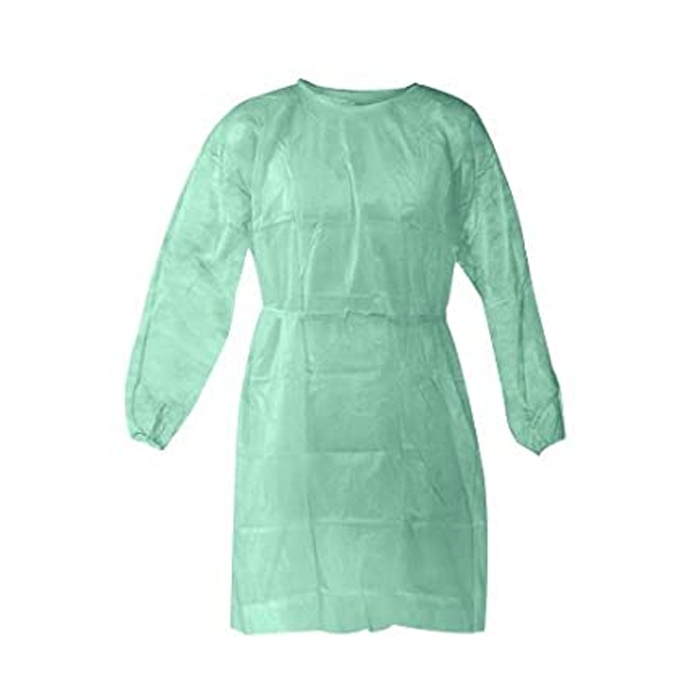Surgical gowns come in different levels of protection, with AAMI Level 3 being considered the most appropriate for many surgeries. AAMI stands for the Association for the Advancement of Medical Instrumentation and sets standards for personal protective equipment used in healthcare settings.

Level 3 surgical gowns are intended for moderate to high-risk procedures. They provide substantial protection by using heavier fabrics, such as a five-layer protection system, that block fluid and pathogen penetration. These gowns are ideal for surgeries with large amounts of blood or other bodily fluids. They also protect against exposure to infectious diseases such as COVID-19.
The gowns are usually made of non-woven materials composed of synthetic fiber polymers, such as polypropylene, which is lightweight and breathable. The materials are also cost-effective, which makes them the optimal choice for frequent use in healthcare settings.
AAMI Level 3 sterile surgical gowns are essential to protect the healthcare workers and patients from infections and other contaminants. These gowns have to be chosen wisely and used adequately to ensure maximum safety during surgeries.
In conclusion, surgical gowns are a crucial piece of personal protective equipment for healthcare workers in the operating room. AAMI Level 3 sterile surgical gowns provide the appropriate level of protection required for moderate to high-risk procedures. Healthcare facilities should ensure that their medical professionals have access to high-quality surgical gowns to maintain a sterile environment and keep everyone safe.
